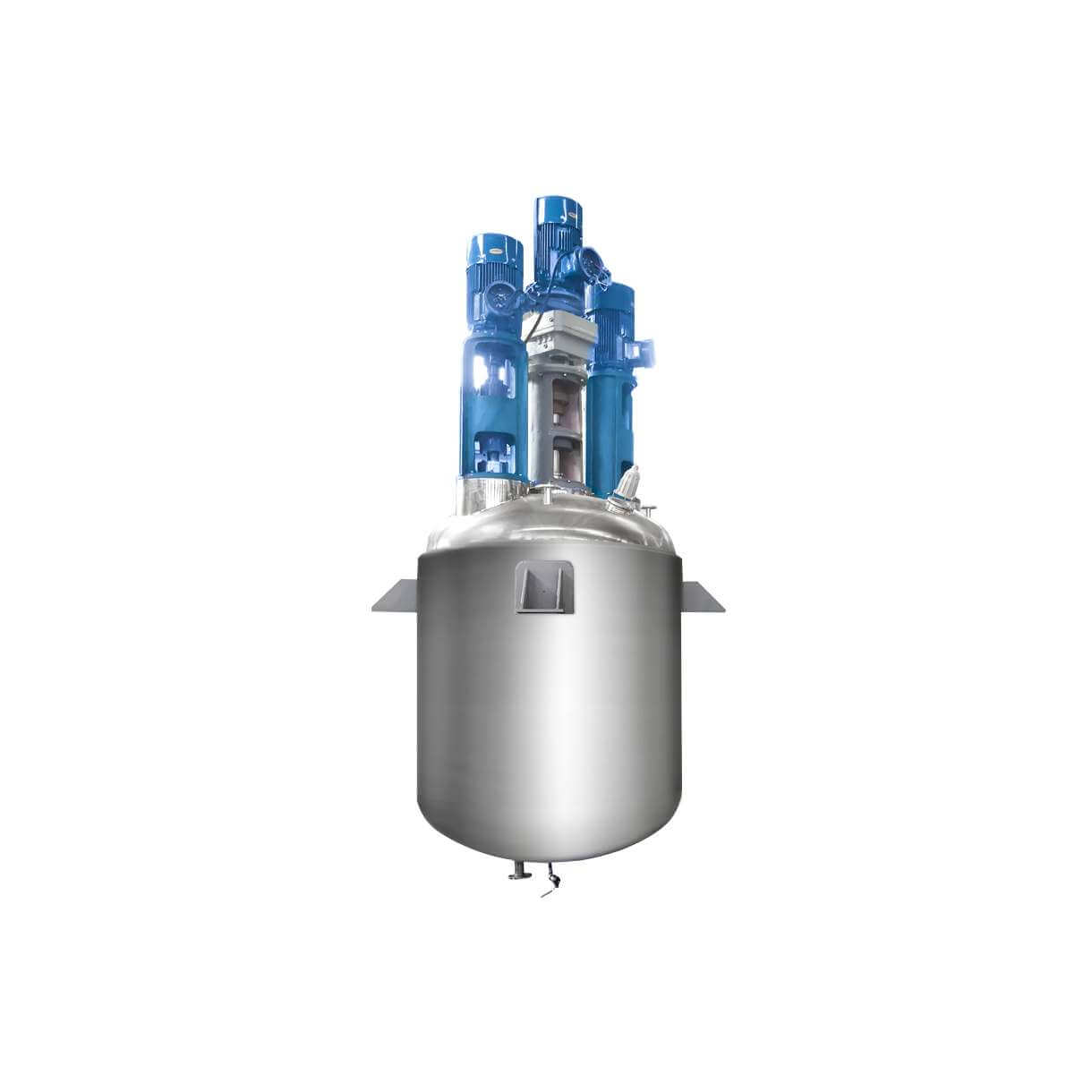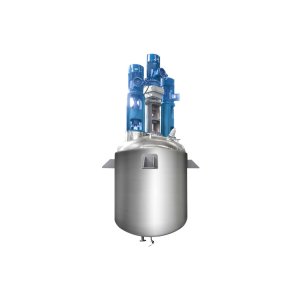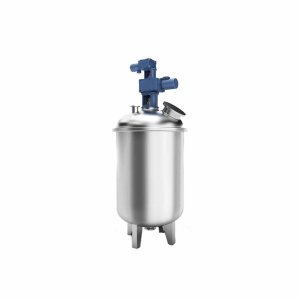The electrically heated stainless steel reactor should be installed on a solid, flat workbench. The height of the workbench is determined according to its purpose. A certain amount of space must be left around the electric heating stainless steel reactor and workbench to facilitate installation and later maintenance. When installing an electric heating stainless steel reactor, the transmission shaft is required to be vertical to the ground, and the non-vertical inclination must not be greater than the total height of the equipment.
The electric heating stainless steel reactor itself has its spare parts on each process connection, and its safety valve must be equipped according to the requirements of the electric heating stainless steel reactor. After the electric heating stainless steel reactor is installed, the firmness and reliability of the connecting parts and transmission parts should be checked. Conduct air tightness tests on connecting pipes, nozzles, seals, and the entire machine to ensure there are no bubbles, bubbling, dripping, or leaking.
Precautions for selecting electric heating stainless steel reactor
The material heating temperature of an electric heating stainless steel reactor: is ≤300℃; Material heating time: is 30min~90min (according to process needs). Temperature control: Use a thermocouple to measure temperature and connect it to a temperature controller to measure and control the temperature, and adjust the temperature of the material. Insulation material: Pearl wool, rock wool, or polyurethane casting foam filling is used to maintain the temperature difference with the outside world and achieve the effect of heat insulation and heat preservation.
Common faults, causes, and treatment methods of electric heating stainless steel reactor
1.Fault phenomenon: There is leakage at the valve.
Cause of failure: The valve stem (needle) and valve port sealing surface are damaged.
Troubleshooting method: Repair or replace the valve stem (needle) and valve port.
2.Fault phenomenon: Leakage occurs on the sealing surface.
Cause of failure: loose thread; damaged sealing surface.
Troubleshooting method: Re-tighten the screws; re-grind and polish the sealing surface.
3.Fault phenomenon: There is friction noise in the magnetic coupling transmission.
Cause of failure: The shaft sleeve and bearing are worn, the gap is too large, and the inner magnet is rotating.
Troubleshooting method: Replace bearings and sleeves.
4.Fault phenomenon: The outer magnet rotates, the inner magnet does not rotate, and the motor current decreases.
Cause of failure: The temperature inside the kettle rose too high, the cooling cycle was not smooth, and the internal magnets were demagnetized due to the high temperature. During the hydrogenation reaction, the inner magnet steel sleeve ruptures and the inner magnet steel expands.
Troubleshooting method: Replace the inner magnet.
-24.jpg)





